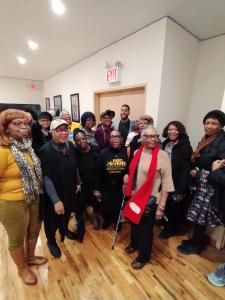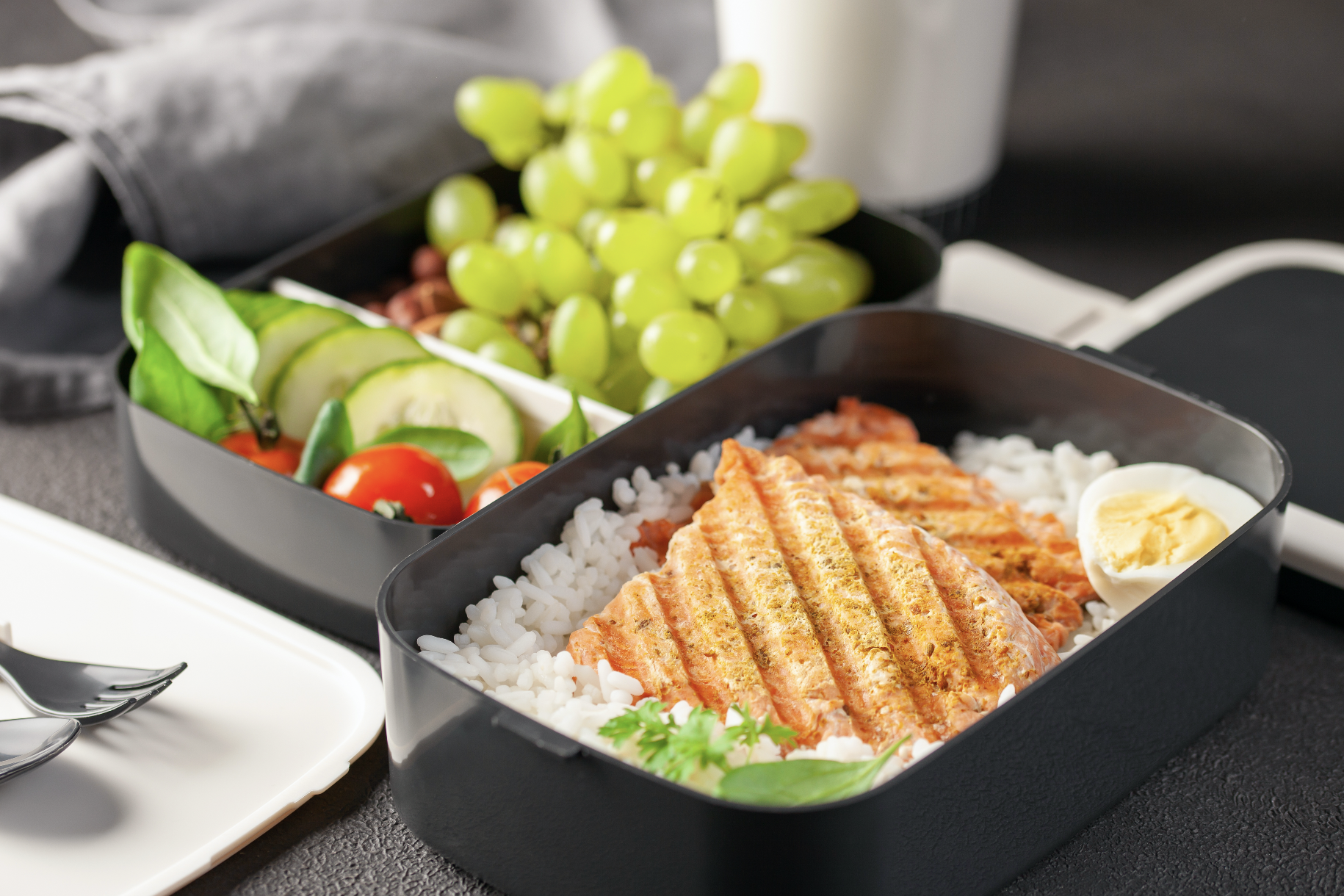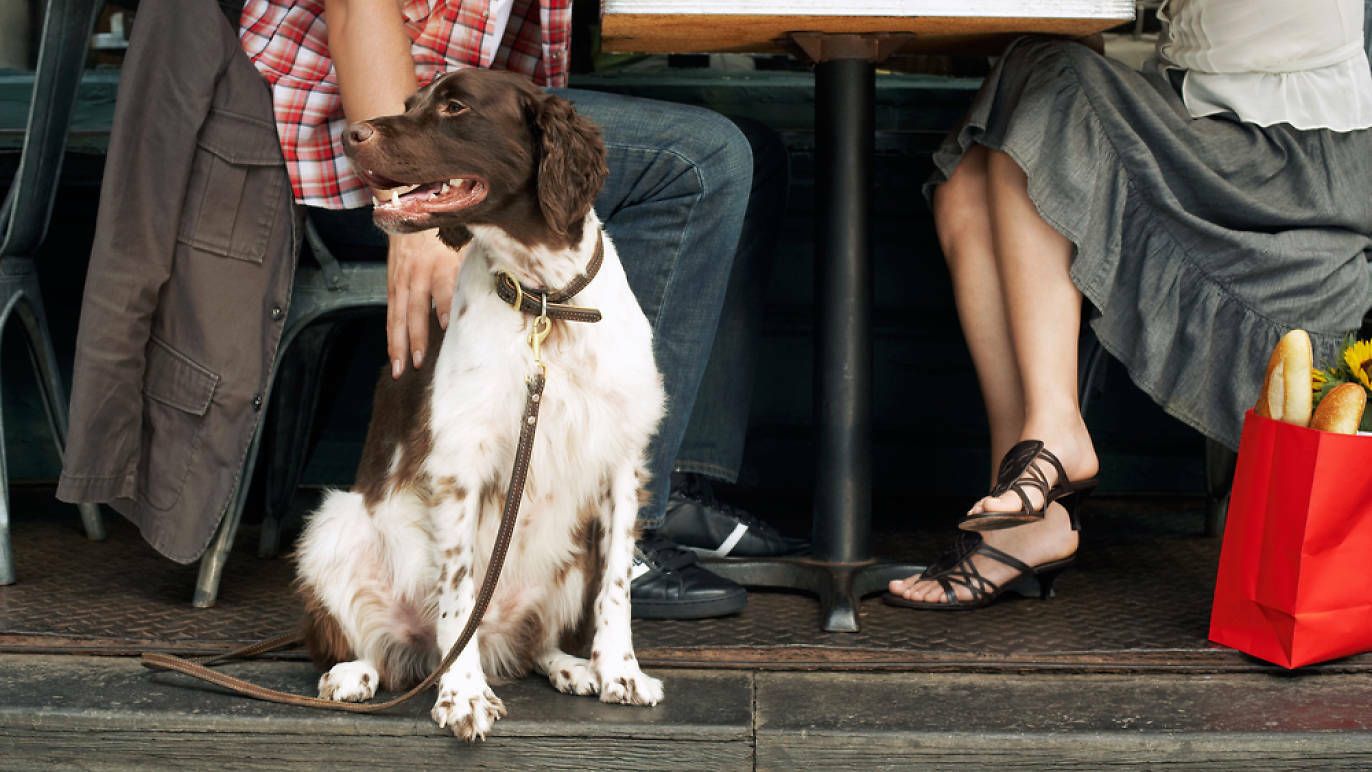Age-friendly Brooklyn report is a model for healthy aging in NYC

Brooklyn Borough President Antonio Reynoso convened a gathering at Bed-Stuy’s Restoration Plaza on March 24 to announce the release of a new report that issues suggestions about how New Yorkers can continue to enjoy living in the city as they grow older.
The report is the product of the Age-friendly Brooklyn Task Force, which was first put together by Mayor Eric Adams when he served as Brooklyn’s borough president. Working together with the New York Academy of Medicine (NYAM)—and using NYAM’s “Age-friendly Brooklyn: Findings and Recommendations” report from 2019 as a starting point––the task force came up with 10 recommendations that would help make New York City more enjoyable for people of all ages.
It’s no secret that New York City can be a challenging place to live. The physical challenges of subway stairwells and living among constant street congestion, noises, and pollution emissions; on top of the emotional and financial tolls of health care, high living expenses, the potential of social isolation and worries about financial security can make living here burdensome for a person of any age.
Our city’s elders got together to strategize about ways the city can make it easier to deal with the pressures.
Members of organizations like Age-friendly Central Brooklyn, Bay Ridge Age-friendly Project, Brooklyn Public Library, Brooklyn-wide Interagency Council on Aging (BWICA), Catholic Charities POP Development Corporation, Chinese American Planning Council, Citymeals on Wheels, Good Neighbors of Fort Greene and Clinton Hill, and GRIOT Circle were among many who helped form the Age-friendly Brooklyn Task Force.
“We can improve health outcomes and expand opportunities for all adults,” assured Borough President Reynoso. “As our borough rapidly grows, and our aging community continues to increase, we must make sure it does so equitably––and that means providing the housing, infrastructure, and resources that encourage health, comfort, and opportunities for our older adults.
The report’s recommendations were the city prioritize:
- Housing: Expand and promote housing options for older adults, including supportive housing, grandparent housing, and home sharing options.
- Outdoor Spaces: Ensure safe, clean, and well-maintained sidewalks and safe, well-lit intersections in neighborhoods.
- Transportation: Provide training to MTA bus drivers and rideshare drivers on working with older riders and/or riders with disabilities.
- Access to Information: Expand access to information about news, events, health services, and public benefits.
- Digital Access: Increase digital accessibility and literacy for older adults, including an expansion of computer and technology classes.
- Language Access: Expand language access for mental health services.
- Expanded Partnerships: Establish opportunities for private and public partnerships, including “Adopt-an-Older-Adult Center” programs.
- Employment: Increase employment opportunities that fit the diverse vocational needs of older adults.
- Arts & Culture: Increase opportunities and funding for programming at cultural institutions, community centers and spaces, and faith-based organizations.
- Volunteerism: Cultivate and promote opportunities for volunteerism.
“I am an aging advocate. I am an aging disruptor. I am a member of one of––I think––the baddest and the best aging improvement districts in all of New York state,” bragged Assembly Member Stefani Zinerman when she came to speak before those in attendance.
Zinerman represents New York’s 56th state assembly district, which covers Bedford-Stuyvesant and portions of Crown Heights.
Elana Kieffer, director at the New York Academy of Medicine (NYAM) Center for Healthy Aging, lauded the elders from Brooklyn’s Bed-Stuy neighborhood who, she said, are “the vanguard of the age-friendly neighborhoods movement. There are about 15 other age-friendly neighborhood organizations across New York City that really looks to Bed Stuy, and hope to replicate your achievements and your work and your progress and your successes right here, and we’re really, truly honored to be standing here today and to be among you all.”
Assembly Member Zinerman noted that her predecessor, former Assemblyman and City Council Member Al Vann, was the city council member who helped NYAM start the first aging improvement district.
“The reason why this report is so important is because the most important people in the world were at the table,” Zinerman said. “The older adults in this community and throughout Brooklyn stood up and said ‘We are going to be respected. We are going to be included.’ And, in the words of Shirley Chisholm, we’re going to pull our chair up to the table, take a seat, and tell everybody what it is that we need. And so, we already know what to do. We brought the best resources to the table, now it is about the implementation: it is about the next steps.”
The post Age-friendly Brooklyn report is a model for healthy aging in NYC appeared first on New York Amsterdam News.







